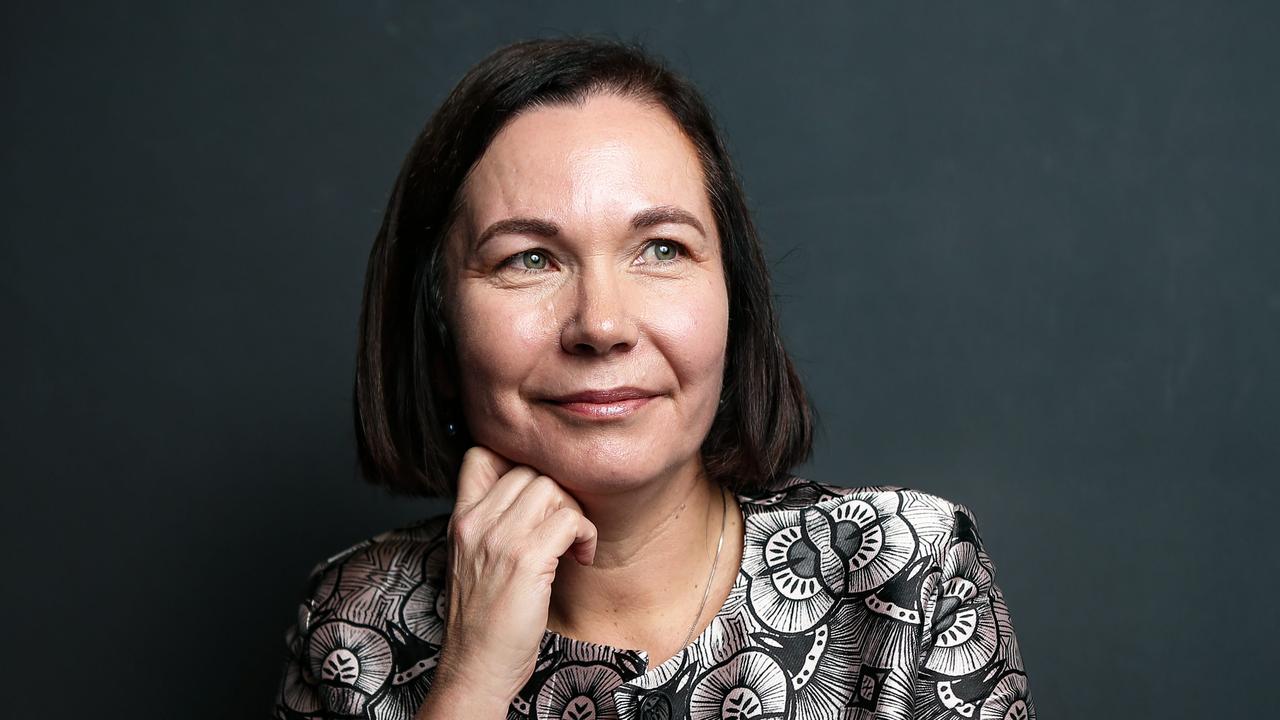Census set to include intersex, transgender categories in 2021 overhaul
The next census may ask people if they’re intersex or transgender amid “strong interest” from stakeholders in sex and gender identity.

The next census could ask people if they are male, female, intersex or transgender after the Australian Bureau of Statistics received “strong interest” from stakeholders in collecting information on sex and gender identity.
More than 450 submissions from government, education, community and advocacy groups, businesses, individuals and industry bodies have been put to the ABS over three months as it looks at what to include and remove from the five-yearly census survey.
Eight new topics will be tested for possible inclusion as part of the ABS review, including chronic health conditions; journey to education; Aboriginal and Torres Strait Islander cultural identity; Australian Defence Force service; smoking status; non-binary sex and/or gender identity; sexual orientation; and “more contemporary measures of household and family relationships, including shared care of children”.
Two topics proposed to be removed from the 2021 census include household internet access because the question was “now less relevant”, with most Australians having access to the internet, and the number of motor vehicles each family has as the data is available elsewhere.
“The consultation process revealed strong interest from a range of sources regarding the collection of information on sex and gender identity through the census. Submissions noted that the current practice of offering only male and female response options does not allow some people to provide accurate responses,” an ABS report released today states.
“The complexities of collecting information on sex and gender identity were acknowledged; submissions identified the range of variations possible in sex characteristics and the diversity in gender identity. Sex has been considered a critical topic for measuring and projecting the population, so proposed changes in collection will be assessed for potential impacts on data quality.”
The ABS said “care” was needed in designing the potential questions so they did not misrepresent the population.
The 2016 census survey asked people to answer if they were male or female.
“Current ABS standards for information on sex and gender recommend collection of ‘male’, ‘female’ and ‘other’ categories. It was noted by stakeholders that this classification of sex assumes intersex people are not male or female, which is not the case,” the ABS report states.
“The diversity of gender identity is not easy to define, but is also not well represented by the current standard. Stakeholders have encouraged the ABS to be clear about what could be collected and what the data would and would not represent.”
ABS chief statistician David Kalisch said decisions to change questions asked in the census were “not made lightly”.
“While changes improve the data available to inform planning for a modern and changing population, they may reduce the value of data trends that have been collected for decades,” he said.
“The census has always had to move with the times. In 1947, the census form included questions on running water and flushing toilets. In the 1960s, Australians were asked if their house had a television set.”
The ABS will recommend new census topics to the government in the middle of next year, with the final list published in late 2020.





To join the conversation, please log in. Don't have an account? Register
Join the conversation, you are commenting as Logout